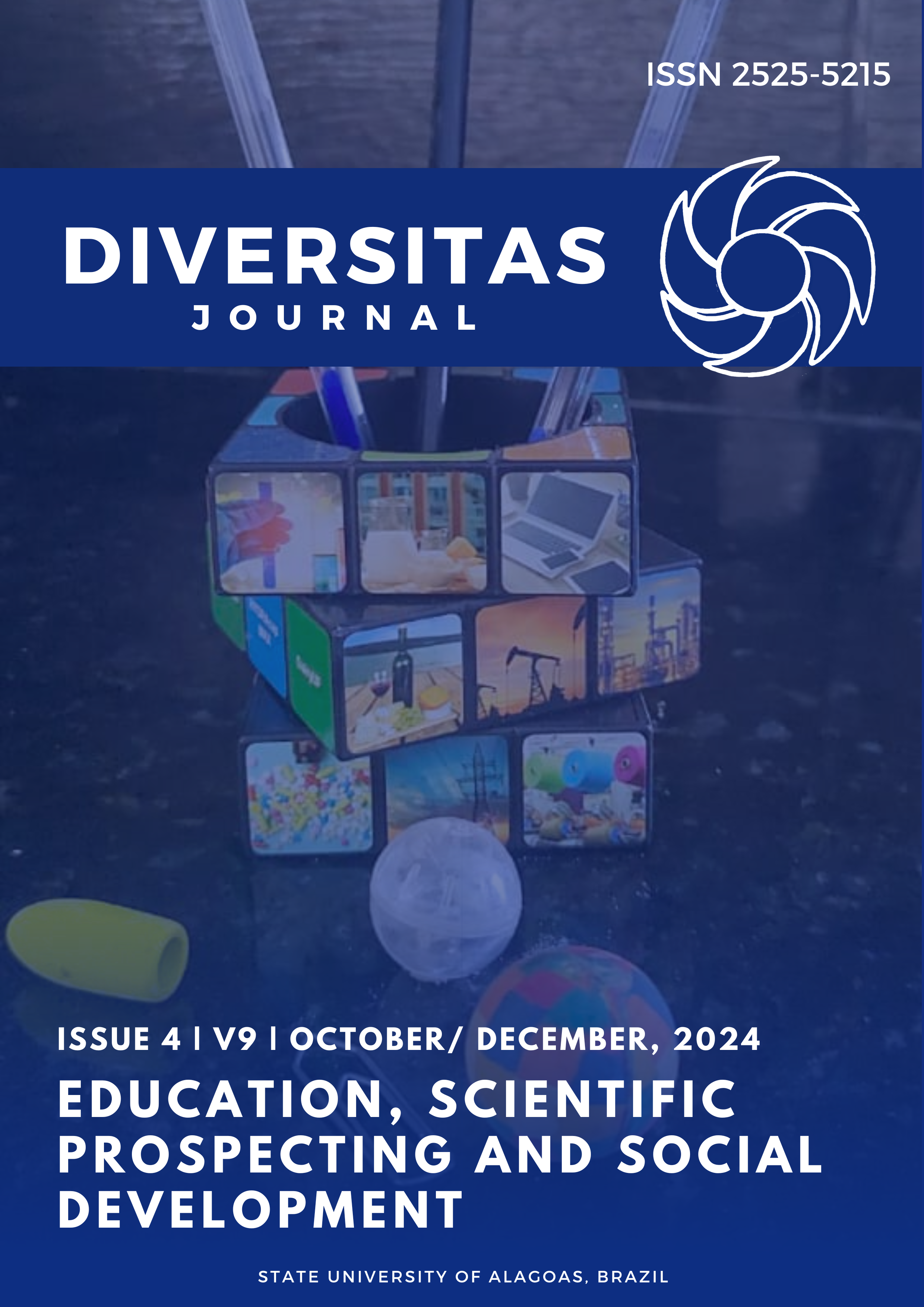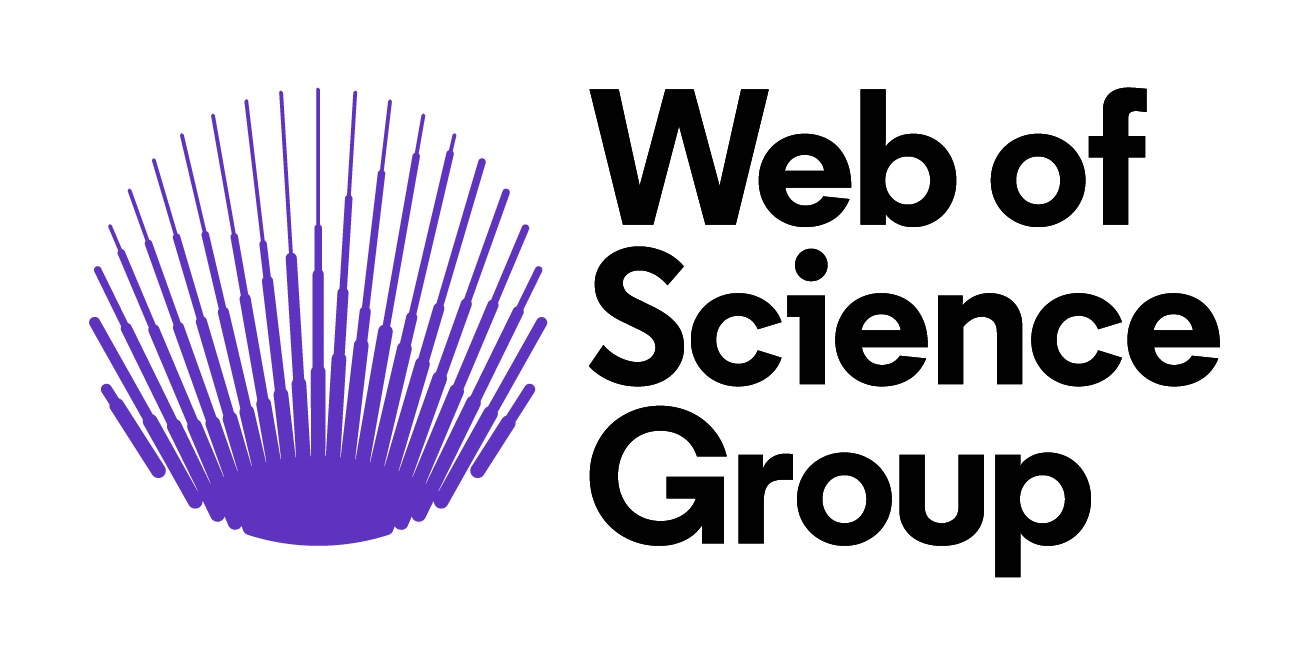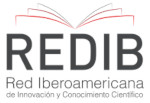Morphometric and productive parameters of radish grown under nitrogen sources and doses
DOI:
https://doi.org/10.48017/dj.v9i4.3162Keywords:
Bioimputs, Brassicacea, Horticulture, Raphanussativus, organic manureAbstract
Radish is a vegetable widely consumed around the world and the application of nitrogen increases its productive capacity, both of leaves and roots. Several agricultural residues have nitrogen in their chemical composition, which makes them possible sources of fertilizer. Therefore, the aim of the present study was to determine which was the most promising source and dose of fertilizer to obtain better productive results of the radish cultivar “Crimson Gigante” grown in pots, as well as if there was an interaction between the source and the dose used. The experiment was conducted in a randomized complete block design in a factorial scheme, with the treatments consisting of the combination of two sources of N (poultry litter and fertilizer+microorganisms (FM)) and 6 doses of N (0; 30; 60; 90; 120 and 200 kg ha-1), in four replicates. It was observed that there was a change in the number of leaves, diameter, fresh and dry mass of the aerial part and roots, as well as the diameter of the roots, when using chicken litter as a source of N compared to the use of FM. The interaction Source × Dose of N was observed only in the production of fresh mass and dry mass, with FM presenting the best results. The radish crop was not as responsive to the increase in N doses, and root production did not change at doses above 30 kg ha-1.
Metrics
References
Algeri, A., Luchese, A. V., & Sato, A. J. (2020). Dejetos de aves e suínos no cultivo de rabanete. Revista em Agronegócio e Meio Ambiente, 13(3), 933-946.
Alsadon, A., Dewir, Y. H., Ibrahim, A., Alenazi, M., Osman, M., & Al-Selwey, W. A. (2024). Compost amendment enhances leaf gas exchange, growth, and yield in water-challenged ‘Crimson Giant’ red radish (Raphanus sativus L.). HortScience, 59(1), 84-91.
Araújo, T. A. N., Vendruscolo, E. P., Souza, M. I., Dantas, T., Silva, B. V. S., & Coli Neto, F. A. (2023). Do organic fertilization and Azospirillum brasilense influence radish cultivation? Revista Ciências Agroveterinárias, 22(3), 439-444.
Bonela, G. D., Santos, W. P., Sobrinho, E. A., & Gomes, E. J. C. (2017). Produtividade e qualidade de raízes de rabanete cultivadas sob diferentes fontes residuais de matéria orgânica. Revista Brasileira de Agropecuária Sustentável, 7(2), 66-74.
Brewer, M., Kadyampakeni, D. M., Kanissery, R., & Kwakye, S. (2024). Evaluation of the nitrogen uptake efficacy of daikon radish under greenhouse conditions on sandy soils. Agrosystems, Geosciences & Environment, 7(1), 1-9.
CQFS – Comissão de Química e Fertilidade do Solo. (2016). Manual de Calagem e adubação para os Estados do Rio Grande do Sul e de Santa Catarina. Frederico Westphalen: Sociedade Brasileira de Ciência do Solo – Núcleo Regional Sul. 376p.
Ferreira, D. F. (2011). Sisvar: a computer statistical analysis system. Ciência e Agrotecnologia, 35(6), 1039-1042.
Freitas, A. R. (2022). Estatística experimental na agropecuária. Brasília: Embrapa. 457p.
Hamerschmidt, I., Leonardecz, A., Gheller, J. A., Righetto, J. A., Bortolossi, J. L., Franco, M. J., Harger, N., & Carvalho, N. R. L. (2013). Manual técnico de olericultura. Curitiba: Instituto Emater. 266p.
Lanna, N. B. L., Silva, P. N. L., Colombari, L. F., Corrêa, C. V., & Cardoso, A. I. I. (2018). Residual effect of organic fertilization on radish production. Horticultura Brasileira, 36(1), 47-53.
Lopes, F. A. S., Silva, C. A., Lopes, S. G., Ferreira, M. M., & Reis, L. L. (2020). Frequência de irrigação e adubação nitrogenada na produção de rabanete no nordeste de Mato Grosso. Colloquium Agrariae, 16(1), 55-65.
Lopes, A. W. P., Feliciano, C. A., Gemero, C. G., & Ferrante, V. L. S. B. (2021). Caraterísticas agronômicas de plantas de Raphanus sativus L. cultivadas sob diferentes fontes de adubos orgânicos. Diversitas Journal, 6(3), 2919-2030.
Patrocinio, W. C. T., Sousa, K. D., Castro, S. R., Nascimento, A. R., Souza, E. R. B., & Silva, F. A. (2023). Efeito da urina de vaca no desenvolvimento e estado nutricional do rabanete ‘Vip Crimson’. Brazilian Journal of Animal and Environmental Research, 6(3), 2214-2229.
Rogeri, D. A., Ernani, P. R., Lourenço, K. S., Cassol, P. C., & Gatiboni, L. C. (2015). Mineralização e nitrificação do nitrogênio proveniente da cama de aves aplicada ao solo. Revista Brasileira de Engenharia Agrícola e Ambiental, 19(6), 534-540.
Sanó, L., Joaquim Junior, C. Z., Barbosa, I. J., Mango, B. D., N’Bali, N. N., Kór, D. G., Fernandes, M. D., Embaná, M. D., & Costa, N. (2023). Resposta de rabanete vermelho “SAXA-220” em função de diferentes proporções de esterco bovino sob diferentes ambientes de cultivo. Contribuciones a Las Ciencias Sociales, 16(10), 18757-18772.
Silva, F. C. (2009). Manual de análises químicas de solos, plantas e fertilizantes. Brasília: Embrapa Informação Tecnológica. 627p.
Silva, J. P. P., Bezerra Neto, F., Lima, J. S. S., Ferreira, R. C., Freitas, I. A. S., & Guerra, N. M. (2023a). Agro-economic optimization of radish cultivation fertilized with doses of roostertree in a semi-arid environment. Revista Caatinga, 36(4), 802-813.
Silva, J. P. P., Bezerra Neto, F., Santos, E. C., Lima, J. S. S., Carmo, I. D. J. S., & Frutuoso, R. M. S. (2023b). Postharvest quality and coloration of radish roots under organic fertilization in a semi-arid environment. Ciência e Agrotecnologia, 47(1), 1-16.
Soares, P. P. S., Mesquita, N. L. S., Almeida, J. R., Coutrim, R. L., Cairo, P. A. R., & Silva, L. D. (2020). Crescimento, qualidade de raízes e atividade da redutase do nitrato em plantas de rabanete submetidas a doses de potássio e fontes de nitrogênio. Scientia Plena, 16(6), 1-9.
Sousa, M. G., & Lobato, E. (2004). Cerrado: correção e adubação. Brasília: Embrapa Informação Tecnológica. 416p.
Souza, L. M., Pereira, A. J., Martins, A. L. L., Ichikawa, B. Y., Fernandes, M. C. A., & Ramos, B. H. (2023). Fontes e concentrações de biofertilizantes para a produção orgânica de rúcula e rabanete. Revista Agri-Environmental Sciences, 9(1), 1-8.
Taiz, L., Zeiger, E., Moller, I. M., & Murphy, A. (2021). Fundamentos de fisiologia vegetal. Porto Alegre: Artmed. 584p.
Viana, C. S., Guimarães, M. A., Ruiz, S. R., Hendges, A. R. A. A., Lemos Neto, H. S., & Tello, J. P. J. (2023). Containers and doses of controlled release fertilizer in the production of radish in a protected environment. Communicata Scientiae: Horticultural Journal, 14(1), 1-7.
Downloads
Published
How to Cite
Issue
Section
License
Copyright (c) 2024 Janine Mesquita Gonçalves, Marlon Jeferson Marçal Barraque

This work is licensed under a Creative Commons Attribution 4.0 International License.
The Diversitas Journal expresses that the articles are the sole responsibility of the Authors, who are familiar with Brazilian and international legislation.
Articles are peer-reviewed and care should be taken to warn of the possible incidence of plagiarism. However, plagiarism is an indisputable action by the authors.
The violation of copyright is a crime, provided for in article 184 of the Brazilian Penal Code: “Art. 184 Violating copyright and related rights: Penalty - detention, from 3 (three) months to 1 (one) year, or fine. § 1 If the violation consists of total or partial reproduction, for the purpose of direct or indirect profit, by any means or process, of intellectual work, interpretation, performance or phonogram, without the express authorization of the author, the performer, the producer , as the case may be, or whoever represents them: Penalty - imprisonment, from 2 (two) to 4 (four) years, and a fine. ”


















